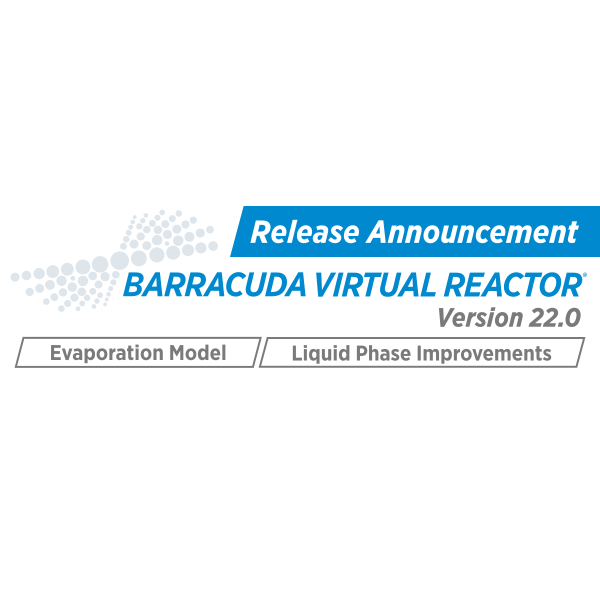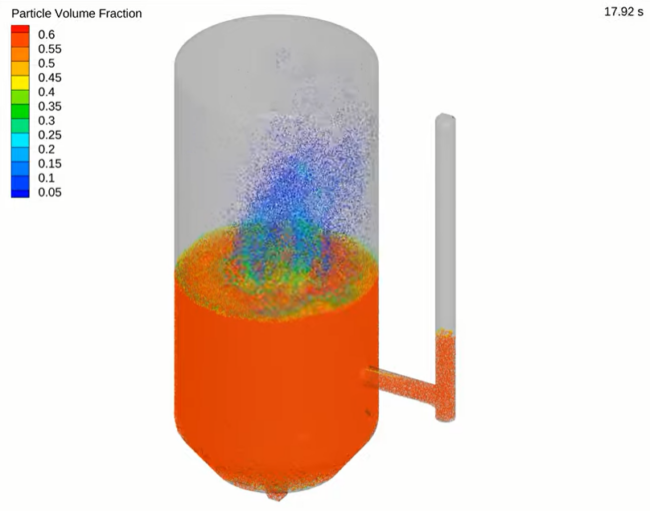CPFD Software to Speak at the 2022 NETL Multiphase Flow Science Workshop
Dr. James Parker, CTO at CPFD has been invited to speak at the 2022 NETL Multiphase Flow Science Workshop, presenting on “Application of MP-PIC method to Ebullated Bed Reactors”.


